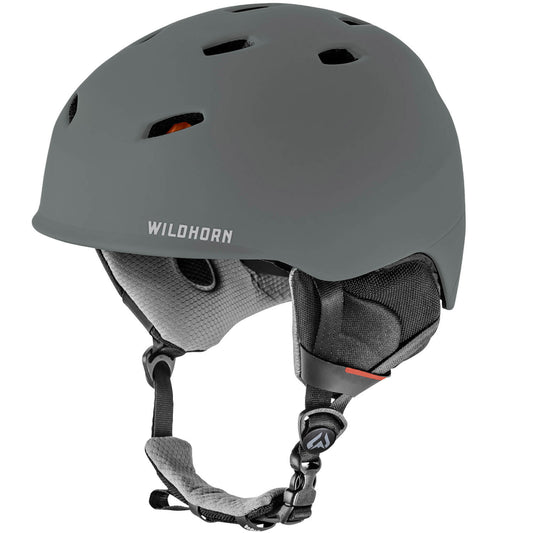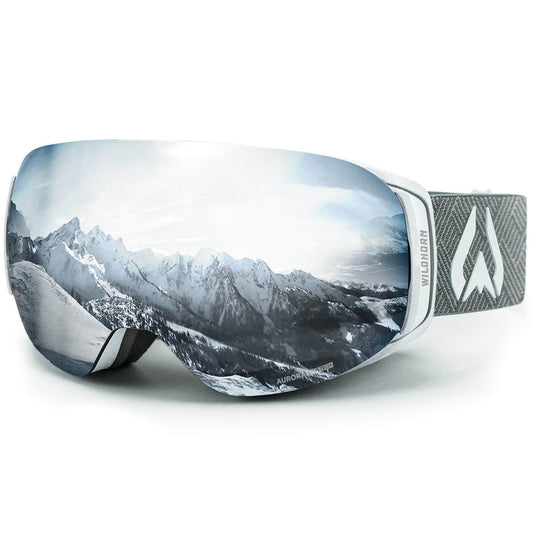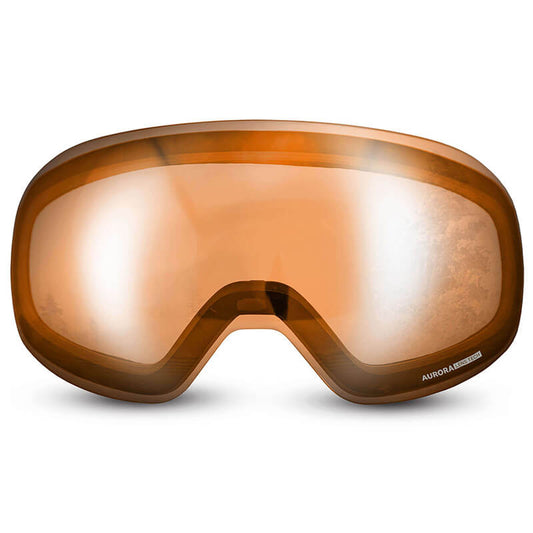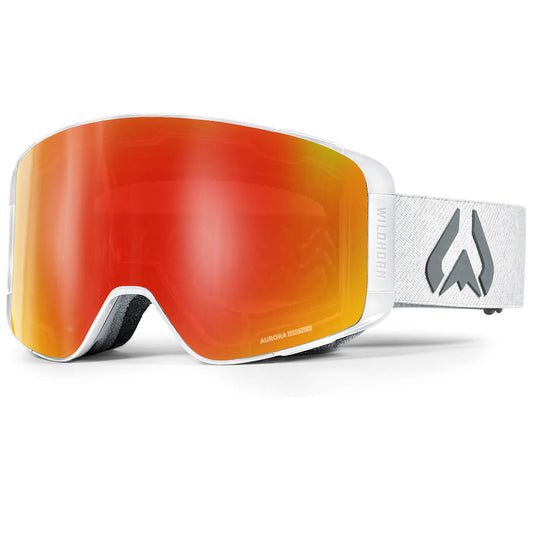How to Stay Warm Throughout the Whole Ski Day (Hint: Material Matters)
By: Mark TA couple seasons ago I was riding up Summit Express at Solitude in Utah. Conditions were miserable. Low visibility, high winds, graupel (hardened pellets) and low temperatures created a near-impossible-to-enjoy ski day. Or did it? My ski buddies froze while I enjoyed my runs. Staying warm is right on par with fitness on the list of things that make skiing or snowboarding more fun.
External temps vary throughout a ski day. So does body temperature. This can create an annoying battle between being too hot or too cold. Lack of blood circulation to your hands and feet typically means your core isn’t warm enough. Your body is working harder to stay warm and draw blood away from extremities. Most likely you’ll experience this on the lift when sitting still.
A proper layering system is critical to manage temps and staying dry no matter the outside environment. Here are some tips on layering, materials, and seasons to keep you warm skiing.
Materials
Before we discuss layering it’s important to identify the best materials for the job. When skiing or snowboarding it’s just as easy to get overheated as it is to be cold. I know when I work for some extra powder or hit an especially steep run I’ll sweat. That means layers close to my body can be wet. That’s when the trouble starts.

We want to layer with materials that dry quickly and wick moisture away. Here are my 2 material choices for layers close to my body:
- Polyester or polypropylene: These materials are moisture wicking but your body needs to heat up to help evaporate it. This option is better than cotton as a layer against your skin.
- Merino Wool: This material works in a really interesting way and is my go-to for base layers. Basically it wicks sweat away from your body as a vapor before it’s become liquid. You typically won’t feel clammy in the cold with this on your skin.
Skip the cotton. Cotton is great for summer and has many benefits. Just not a strong choice in the winter. Most ski jacket or pant layers will be made of nylon with variations on wind and water proofing.
Layering
The concept is simple. Build a system that allows you to change layers throughout the day when needed. This system will also allow you to have flexibility early, mid, and late season. I’ll break this down into 3 categories: base layers, mid layers, and shells.

- Shells- Finally I use shells with 15k or better waterproofing. 15k is usually enough to keep me dry while being more breathable than full Gore-tex. Gore-tex is 20k+ rated and is great for really wet or windy conditions. Some shells, like our Men’s Dover Ski Jacket and Bowman Pants have additional insulation. For colder parts of the season an insulated shell can do wonders while allowing you to skip a layer in the warmer months.
- Snow Gloves- Minimum 5k waterproofing or better is recommended for gloves. Pick a pair that is insulated but doesn’t suffocate your fingers. Mittens are a great option if you typically struggle with cold hands. Heated gloves can be awesome too. Ravean heated gloves are not only insulated, but also waterproof. The extra heat from the battery can be a game changer.
With a system like this you can adjust to your conditions easily. Flexibility and preparation for more varied conditions will help you ski or snowboard longer. Mentally you can enjoy it more too! Check out our insulated apparel line here. Have fun out there!







